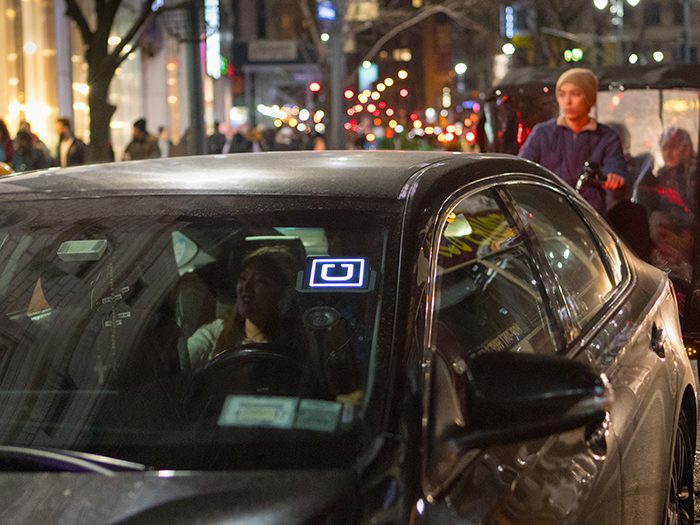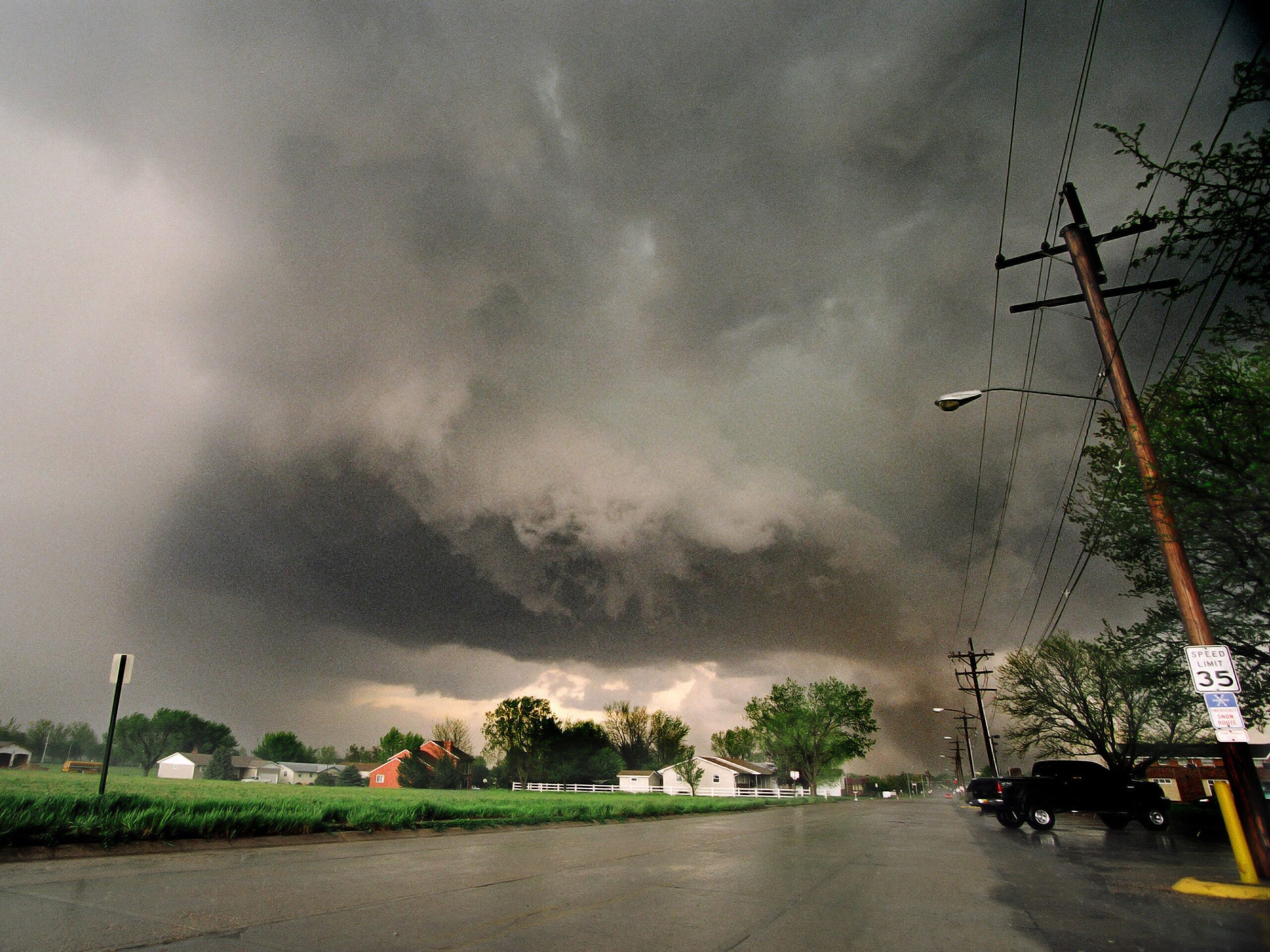The Most Dangerous Job in America Will Surprise You

Move over policemen and firefighters. Driving for Uber and Lyft is now America’s most dangerous occupation.
An article from the San Francisco Chronicle reports that driving for app-based services like Uber, Lyft and GrubHub is now likely to rank somewhere between the top 13% and the top 1% of most dangerous jobs.
The report uses data on injuries and fatalities from the U.S. Bureau of Labor Statistics to reach its conclusions, many of which shed light on the level of risk the gig economy is bringing to the workforce.
By the Numbers
Transportation fatalities are the cause of 40% of all job-related deaths annually. But the risk of injury and death reaches an extreme level for those in app-based jobs, like drivers for Uber, Lyft and GrubHub.
The non-fatal injury rate for Uber and Lyft drivers 173.8 per 10,000 full time workers. This means that 86.9% of jobs have lower injury rates.
Fatal injury rates amongst Uber and Lyft drivers are equally high at 14.6 out of every 100,000 workers. This makes 80.5% of jobs safer than driving for a rideshare service.
Uber and Lyft even have fatality rates that are 1.1 and 1.6 times the fatality rates for police officers and firefighters, two of the most historically dangerous occupations.
Fatality rates amongst “occupational drivers” seem to be trending upwards. In 2016, 1,012 drivers died. In 2017, that number bumped up to 1,084.
Two Reasons Why
So what makes Uber and Lyft the perfect storm for car accident related deaths? Increased time on the road and irregular hours are two of the major reasons why rideshare drivers are more likely to crash their cars.
The first factor, increased time on the road, isn’t all that surprising. By the law of averages after all, more time on the road means a higher risk of being involved in an accident. Fatality rates amongst taxi drivers, which ranked in the top 10% of most dangerous jobs in the 1980s and 90s, proved that truism years before rideshare apps hit the scene.
But increased road time is only one reason why driving for Uber or Lyft is so dangerous. The jobs’ irregular hours may also be driving up the risks.
According to a Chicago Tribune report, an Insurify study of 1.6 million car insurance applications found that people who work long or irregular hours, like bartenders, journalists, and sales representatives, were more likely to have moving violations.
Gig-economy workers, like those employed by Uber and Lyft, are also likely to work irregular hours.
Kacie Saxer-Taulbee, a data scientist and writer with Massachusetts-based Insurify, told the Tribune: “If you are putting in 60-hour weeks, it might spread your attention thinner and it might make you less attentive on the roads, and it might disrupt things like your sleep cycle.”
“Concentration is probably the biggest one under your control. Try to be well-rested, try to make sure you’re alert. Varying your driving route can help as well. If you take the same route all the time, you’re more likely to go on autopilot,” she said.
If You Want to Know More
Road-related risks aren’t the only dangers facing Uber and Lyft drivers and passengers.
The fact that these services are app-based leaves people vulnerable to cyber risks, and injured drivers have brought about knotty questions about liability since it’s often unclear whether or not they are considered employees.
The risks associated with the gig economy aren’t likely to go away anytime soon, as millennials and other young people tend towards jobs that offer more flexible hours. This trend could mean big changes are ahead for the workers’ compensation landscape. &










